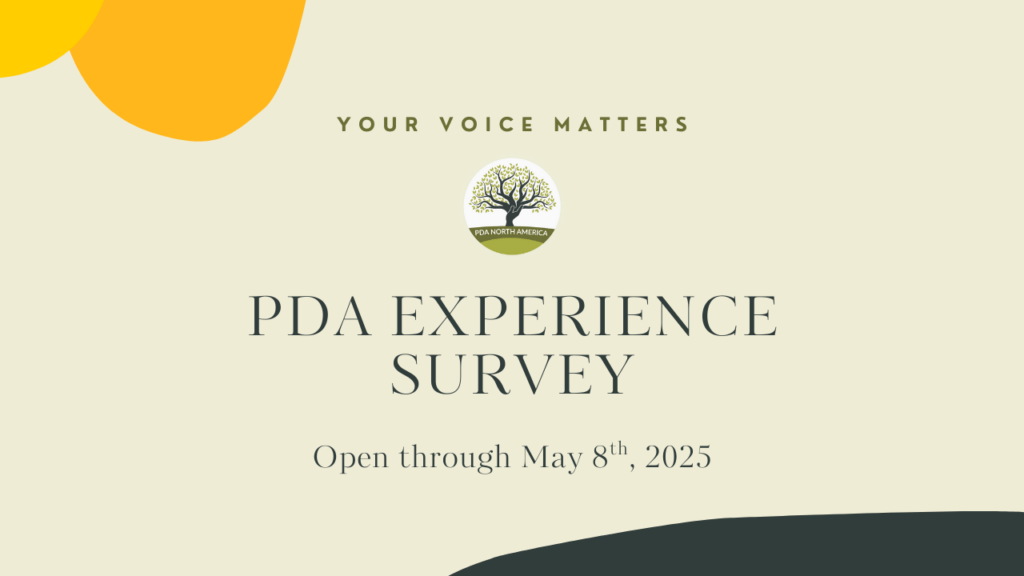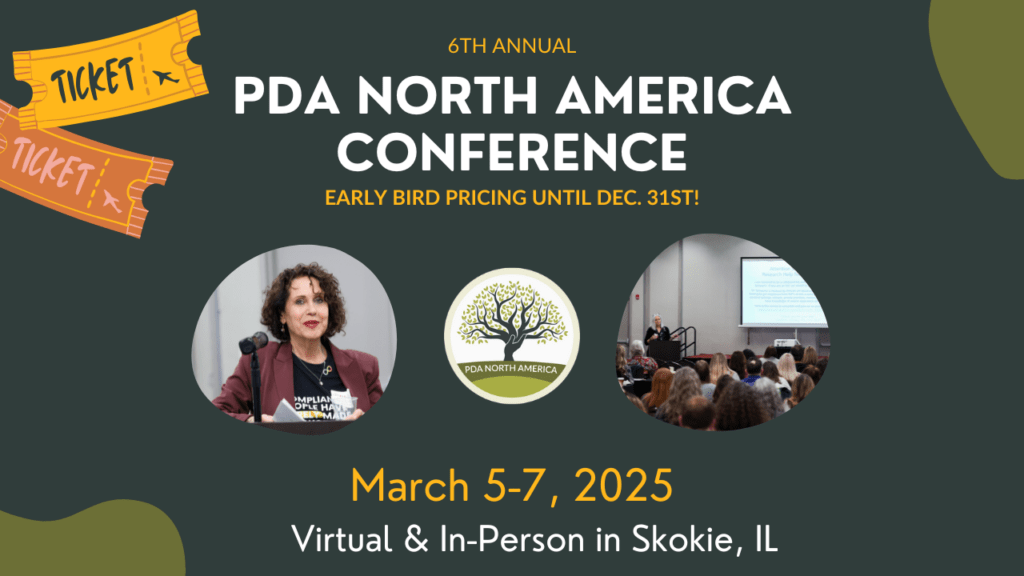When living with Pathological Demand Avoidance (PDA), even the smallest tasks or decisions can feel overwhelming. For those who struggle with the constant pressure of meeting demands, traditional therapy approaches may not provide the relief they need. Cognitive Behavioral Therapy (CBT) has been widely recognized for its ability to help individuals manage anxiety and stress, but it’s not a one-size-fits-all solution, especially for people with PDA. Traditional CBT, with its structured and directive nature, can often feel like just another demand, triggering resistance and anxiety. However, adaptations to CBT, aka PDA-friendly CBT, take into account the unique needs of PDAers can offer significant relief and better coping strategies.
Why Traditional CBT Probably Won’tWork
In conventional CBT, individuals are encouraged to confront and challenge their negative thought patterns in a structured, often confrontational manner. While this can be helpful for many, the rigid nature of traditional CBT can be counterproductive for people with PDA, as it can feel like a demand or a task to complete. For PDAers, even the idea of “doing something” for therapy can create a sense of overwhelming pressure.
However, adapted CBT—which emphasizes a more flexible, collaborative approach—can provide a more effective way to cope with anxiety. Unlike traditional CBT, PDA-friendly CBT avoids creating additional demands by allowing space for autonomy, self-paced progress, and coping strategies that don’t trigger resistance.
What Makes CBT Adapted for PDAers Different?

These outlets provide much-needed relief from the constant pressure of “doing” something. Instead of seeing them as demands, PDAers often view activities like gaming or creating art as ways to gain control and reduce stress in a world that can often feel overwhelming.
How Art, Gaming, and Journaling Can Help


Embracing Flexibility and Personal Interests
A key element of PDA-friendly CBT is its flexibility. Rather than focusing on rigid methods or approaches, this style of therapy works within the individual’s comfort zone. It recognizes that everyone has different ways of managing stress and that effective coping strategies often come from the person’s own preferences and strengths. Incorporating personal interests—whether it be through art, gaming, or journaling—allows individuals to process difficult emotions in a way that feels empowering and self-paced.
Additionally, creating space for autonomy is a crucial aspect of this approach. People with PDA thrive when they feel they have control over their choices, including how they cope with stress. For example, giving a person the opportunity to choose how and when they engage with therapeutic strategies can lead to a more positive and effective experience.
Conclusion
Sources:
-
PDA by PDAers (2024). Testimonials from the PDA community compiled. by Sally Cat, Adult PDAer
-
Informed Therapy Group (2023). “PDA-Friendly Cognitive Behavioral Therapy.”
-
NeuroLaunch (2024). “PDA Therapy: Effective Interventions for Autism Spectrum.”







